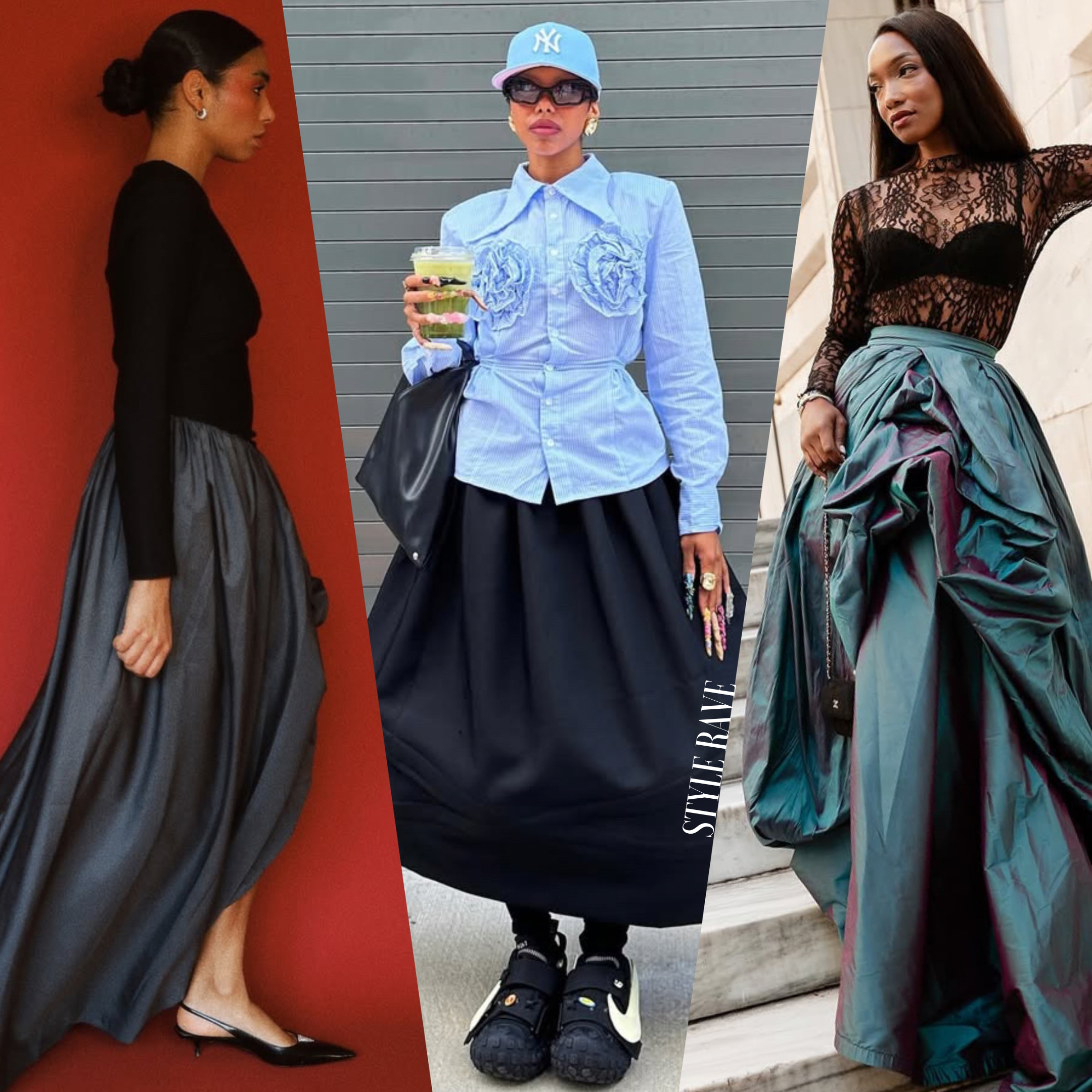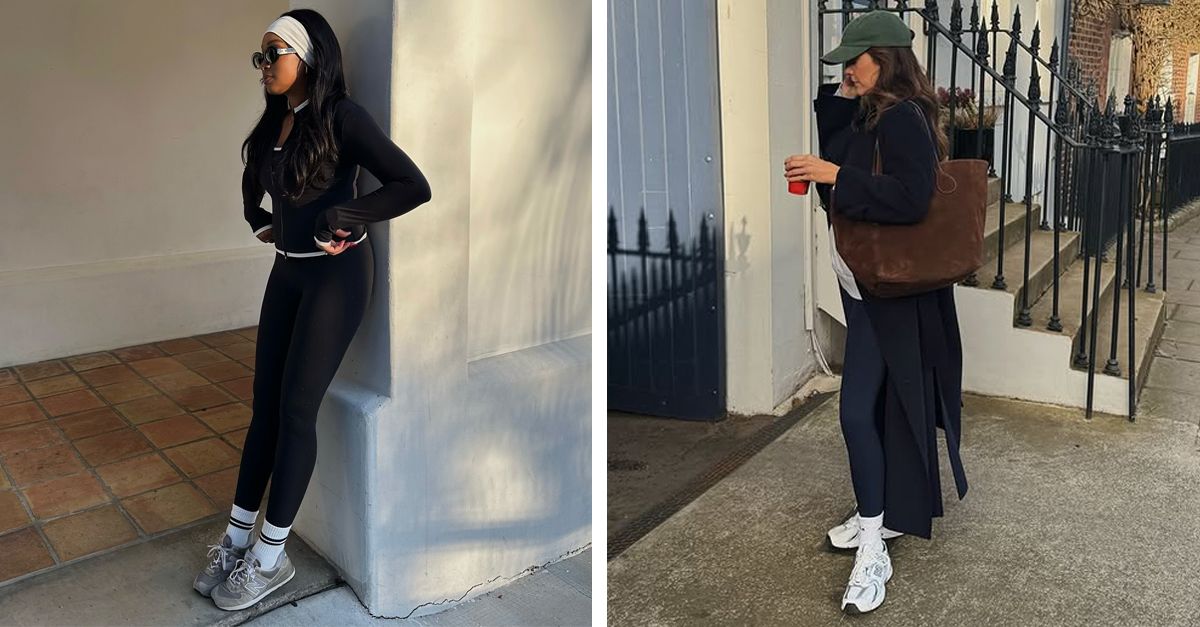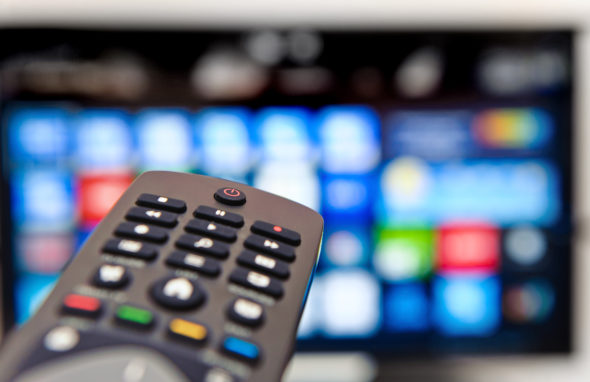Users are flocking to new generative artificial intelligence to enhance their creative work, with artists turning to programs like Midjourney and Dall-E to represent an idea from just a text prompt. It’s even leading to talk of a new skill: “prompt engineering,” or finding the right collection of words and phrases to get what you want from an A.I. program.
But a new ruling from the U.S. Copyright Office suggests that coming up with the right prompt isn’t enough to be considered creative work. On Tuesday, the office ruled for the first time against granting protection for artwork produced using an A.I. tool, reports Reuters.
The copyright office was reviewing a graphic novel called Zarya of the Dawn, authored by Kris Kashtanova and featuring images produced using Midjourney. The office wrote in a Tuesday letter that Kashtanova would receive copyright protection for the parts they wrote, selected and arranged, but not for the A.I.-generated images in the novel since it was “not the product of human authorship.” Kashtanova was not considered the “inventive or master mind” of the graphics.
In the case of non-human authorship, “copyright does not protect the alleged creation,” the Copyright Office’s letter said. The office will now issue a new registration for Kashtanova’s graphic novel with its images omitted, as the initial submission for copyright did not disclose the use of A.I.
Kashtanova claimed that the copyright should apply to their artwork too, as each artist would render a different text prompt yielding different images. But the office held that prompts are akin to suggestions rather than orders and that spending “time and effort” with an A.I. art generator does not result in authorship or ownership.
“The fact that Midjourney’s specific output cannot be predicted by users makes Midjourney different for copyright purposes than other tools used by artists,” the letter said, referring to other programs like Adobe’s Photoshop.
The Copyright Office and Midjourney did not immediately return Fortune’s request for comment made outside regular operating hours.
A.I. tools like ChatGPT and Dall-E are making waves with their potential to serve a wide variety of uses from test-taking to visual design with simple text prompts. Big tech companies like Google and Microsoft are vying to get a slice of the generative A.I. pie by developing new products or upgrading existing ones with A.I. capabilities.
Generative A.I. is already the subject of a debate over copyright, as human artists accuse the programs–and the companies that develop them–of facilitating the copying of their work. Image-generation tools powered by A.I. are typically trained with a database of pictures and artworks, increasingly becoming a flashpoint prompting legal action. Getty Images filed a claim against Stability A.I., which also turns text inputs into images like Midjourney and Dall-E, for unlawfully copying and processing copyrighted material.
A group of artists also filed a class-action lawsuit against platforms like Stability A.I. after their artwork was found to have been used to train the A.I. models.
Despite the Copyright Office’s denial of protections for their Midjourney-generated artwork, Kashtanova said the decision, even if it counts out the images themselves, still protects many aspects of the output for those in the A.I. art community.
And the ruling could provide greater clarity for creatives as to how much original work they need to do when using these programs. Midjourney’s general counsel Max Sills told Reuters that the office’s decision was “a great victory” as it proves that “if an artist exerts creative control over an image generating tool like Midjourney…the output is protectable.”
Learn how to navigate and strengthen trust in your business with The Trust Factor, a weekly newsletter examining what leaders need to succeed. Sign up here.























































![Social Media Spring Cleaning [Infographic] Social Media Spring Cleaning [Infographic]](https://imgproxy.divecdn.com/9e7sW3TubFHM00yvXe5zvvbhAVriJiGqS8xmVFLPC6s/g:ce/rs:fit:770:435/Z3M6Ly9kaXZlc2l0ZS1zdG9yYWdlL2RpdmVpbWFnZS9zb2NpYWxfc3ByaW5nX2NsZWFuaW5nMi5wbmc=.webp)
![5 Ways to Improve Your LinkedIn Marketing Efforts in 2025 [Infographic] 5 Ways to Improve Your LinkedIn Marketing Efforts in 2025 [Infographic]](https://imgproxy.divecdn.com/Hv-m77iIkXSAtB3IEwA3XAuouMwkZApIeDGDnLy5Yhs/g:ce/rs:fit:770:435/Z3M6Ly9kaXZlc2l0ZS1zdG9yYWdlL2RpdmVpbWFnZS9saW5rZWRpbl9zdHJhdGVneV9pbmZvMi5wbmc=.webp)

















